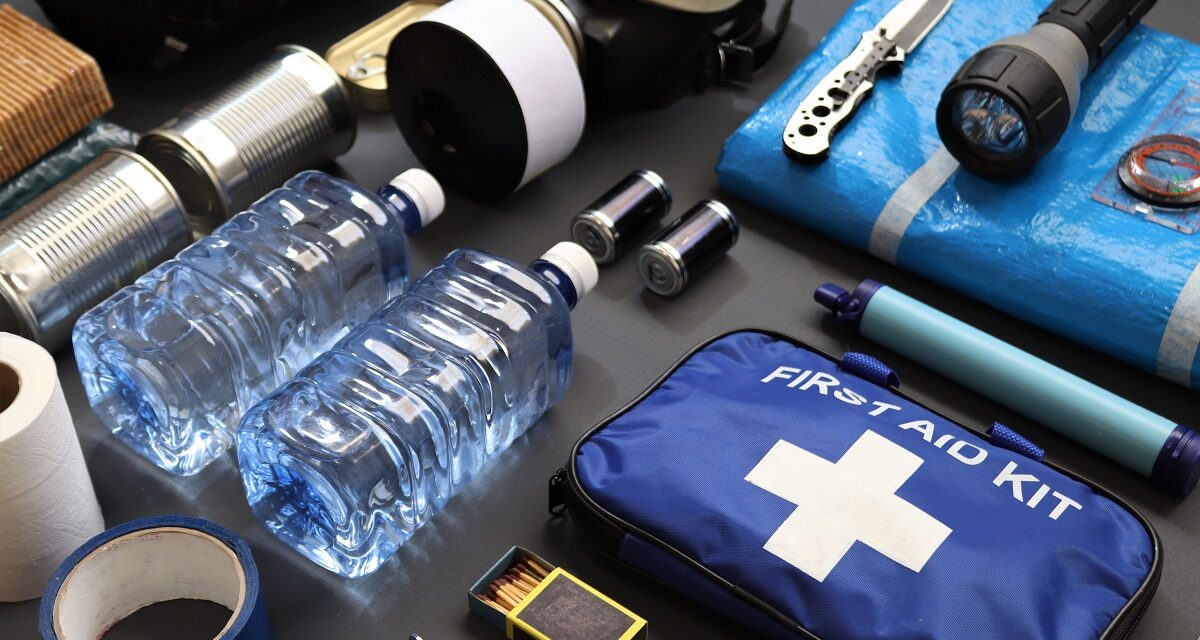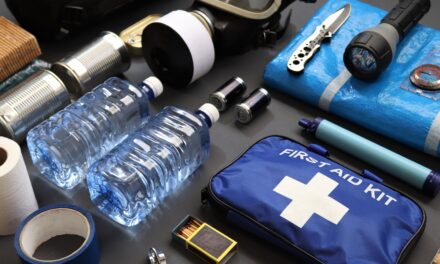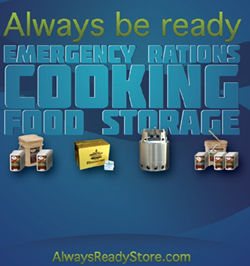The Essentials Revisited: Seven Must-Have Items for Your Bug-Out Bag
In the realm of emergency preparedness, the concept of a bug-out bag is not new. Yet, considering the unpredictability of life, revisiting what you pack in your emergency kit is a crucial exercise. Here’s an engaging reminder and a fresh perspective on the seven most critical items you absolutely must have in your bug-out bag. This list isn’t just about survival; it’s about maintaining a semblance of normalcy in the face of adversity.

1. Water: Your Lifeline in Liquid Form
Every survival guide stresses the importance of water, and it cannot be overstated. Dehydration can debilitate you within hours, making it impossible to manage in any crisis. Aim to pack at least one gallon of water per person per day. But since carrying all this might be impractical, invest in a dual-purpose tool like the LifeStraw or a Sawyer Mini. These water filters are compact, remove 99.9999% of bacteria and parasites, and can filter up to 100,000 gallons of water. Remember, hydration isn’t just about drinking—it’s also crucial for hygiene.
2. Calorie-Dense Foods: More Than Just Snacks
Forget your usual snacks; emergency food needs to be high in calories and nutrition to sustain energy. Pack calorie-dense items like protein bars, dried fruits, nuts, peanut butter, and canned beans that can be eaten with minimal preparation. The trick is to select foods that you actually enjoy eating, which can also provide a psychological comfort. A small, foldable stove and a metal pot can be included for heating food, expanding your dietary options.
Get a Free Subscription to PREPARE Magazine
3. First Aid Kit: Customized for You
A generic first aid kit won’t cut it. Customize your kit to cater to your specific health needs. Include prescription medications, an EpiPen if you have allergies, asthma inhalers, and basic first aid supplies like bandages, antiseptic creams, and pain relievers. An often overlooked but vital inclusion is a booklet on basic first aid procedures—because stress can make us forget even the most well-known practices.
4. Multipurpose Clothing and Shelter: Prepare for All Seasons
When packing clothing, think versatile and weather-appropriate. Convertible cargo pants, thermal underwear, a waterproof jacket, and sturdy boots can cover most scenarios. For shelter, beyond just a tent or a sleeping bag, a lightweight tarp can be invaluable. It can serve as a rain shield, ground cover, or a makeshift shelter. Also, remember to pack emergency thermal blankets which reflect back body heat and are crucial during cold nights.
5. Illumination and Power: Shedding Light and Keeping Powered
Lighting is essential not only for visibility but also for comfort and safety in darkness. LED headlamps, a solar-powered lantern, and waterproof matches should be in every bug-out bag. For power, solar chargers and power banks can keep your small electronics running longer. Investing in renewable power sources is wise, particularly if you are away from traditional power for several days.
6. Communication Tools: Your Link to the Outside World
In today’s connected world, being cut off can be terrifying. A hand-crank or solar-powered radio can keep you connected to weather alerts and news updates. Consider also packing a durable, waterproof phone case and a spare, charged battery for your mobile phone. Satellite phones or GPS devices can be lifesavers in remote locations where cellular service is unreliable.
7. Personal Documents and Cash: Identity and Trade
Pack copies of important documents like your ID, passport, insurance information, and medical records in a waterproof container. Cash, particularly in small bills, can be crucial for purchasing essentials when credit card systems are down. Additionally, include a list of emergency contacts and any critical personal information that could aid rescuers or medical professionals.
Wrap-Up
While packing your bug-out bag, remember that the goal is not just to survive but to do so with dignity and a level of comfort that can ease mental stresses during emergencies. Each item in your bag should serve a purpose, either for survival or for psychological comfort. Regularly revisit and adjust the contents of your bag as your needs and environmental conditions change. In preparedness, as in all things, the details matter. Stay safe, stay prepared, and remember, the right preparation today can make all the difference tomorrow.






